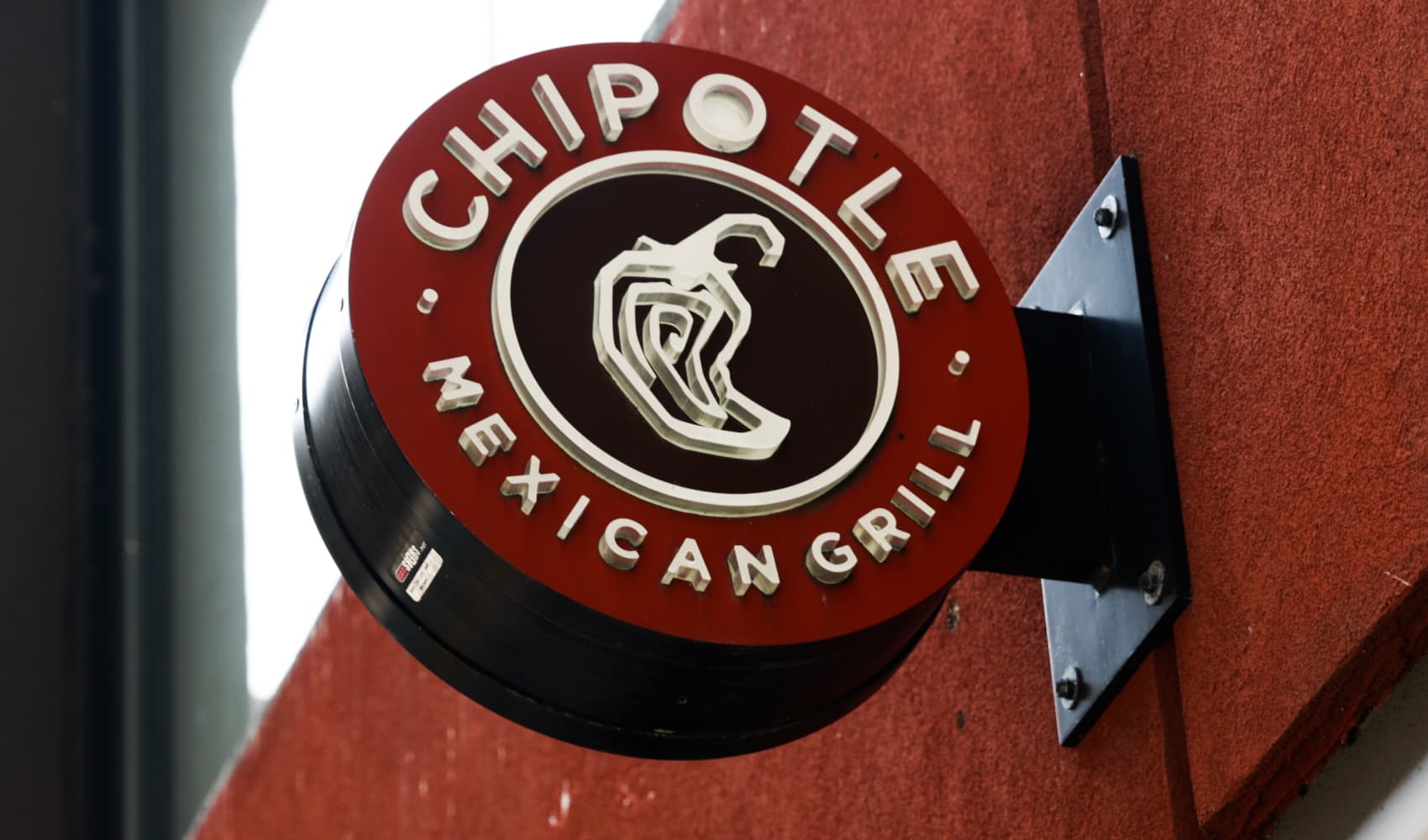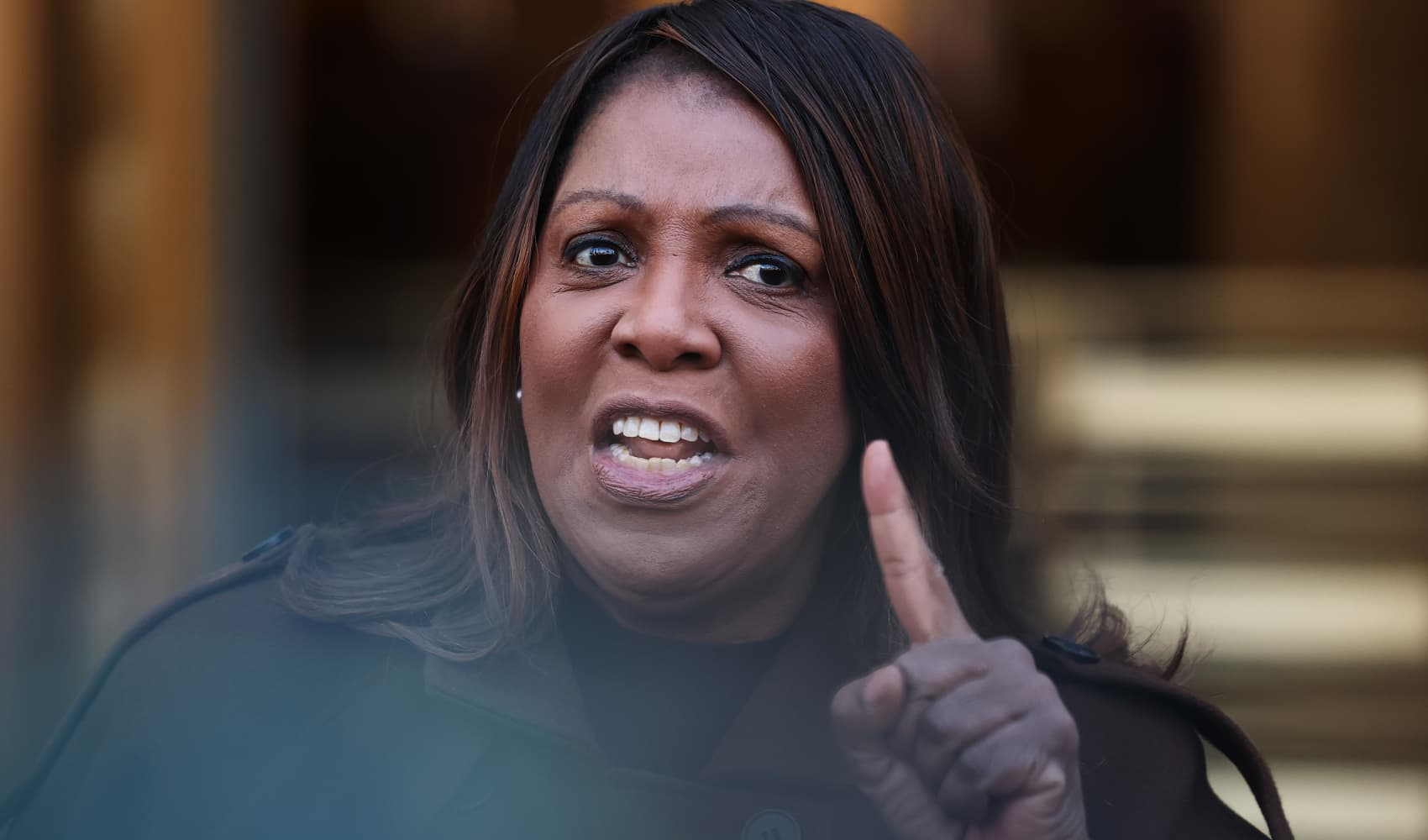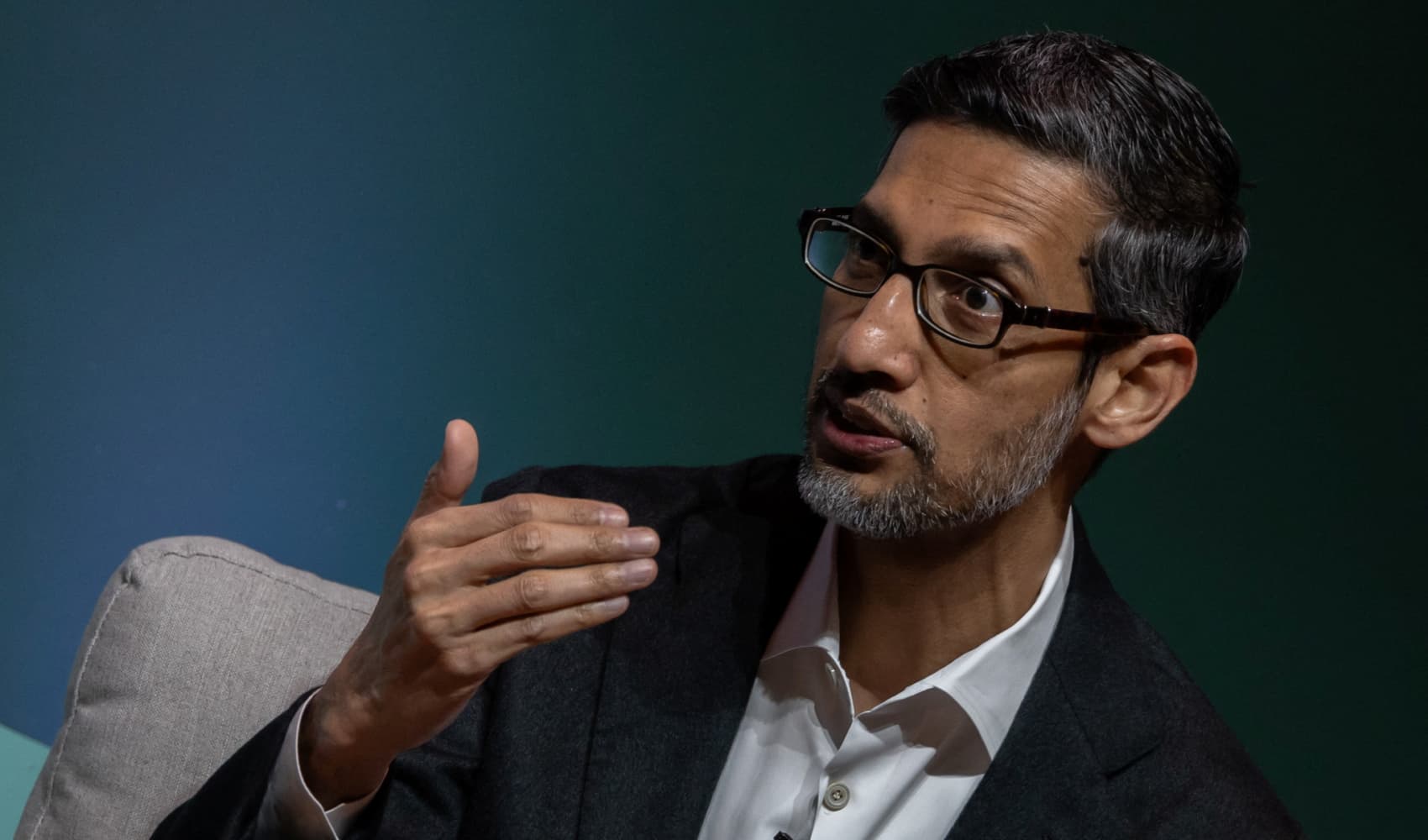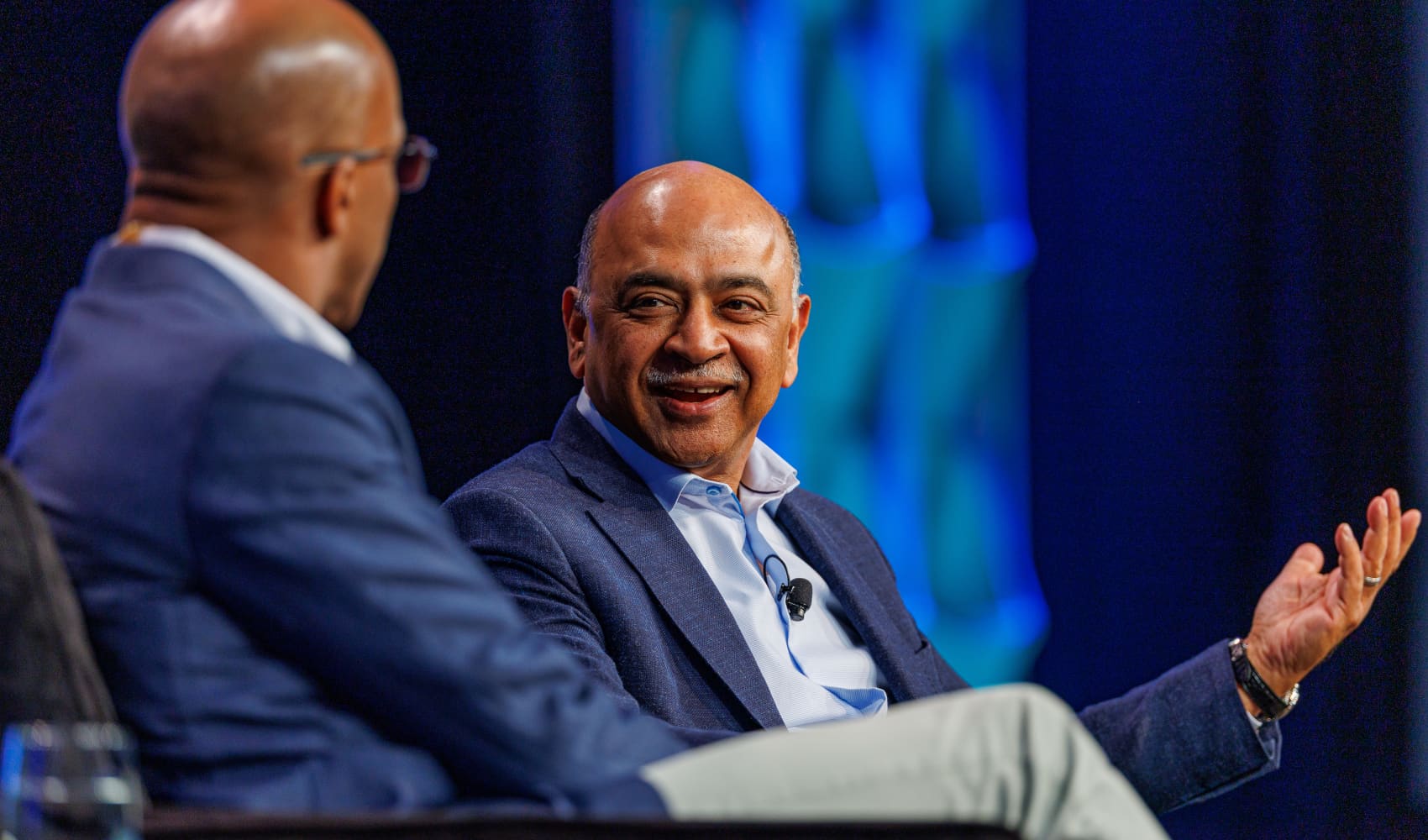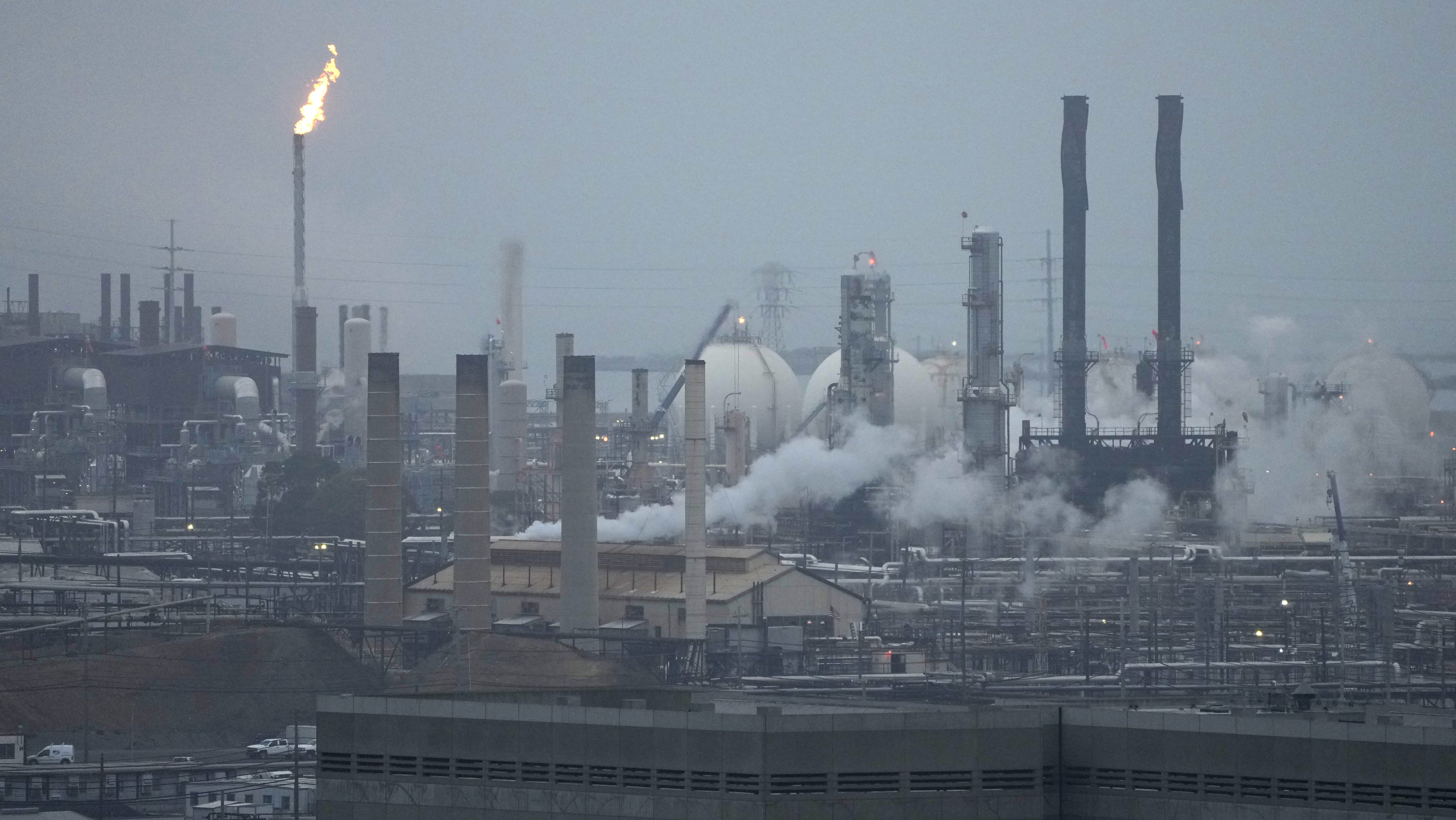Michael B. Jordan's Diet & Fitness Secrets After 30
Michael B. Jordan's Age-Defying Secrets: Diet & Fitness After 30
The Evolution of a Hollywood Physique
Michael B. Jordan. The name alone conjures images of ripped abs, chiseled features, and undeniable charisma. From his early roles to his more recent power performances, Jordan's dedication to physical fitness has been consistently impressive. But what happens when you're no longer in your 20s? How does a Hollywood star, constantly under the scrutiny of the camera, adjust his diet and fitness routine as he navigates his 30s? Let's dive into the secrets behind Michael B. Jordan's age-defying physique and discover how he maintains peak performance, both on and off the screen.
More Than Just Muscle: Prioritizing Prehab
Remember those days when you could just jump out of bed and crush a workout? Yeah, those are long gone. As Michael B. Jordan himself admitted, "When you’re young, you’re like ‘I don’t have time to stretch. Let me get right into the action.’ That catches up to you a little bit." He's learned the importance of prehab – proactive rehabilitation – which primarily focuses on stretching.
Why Stretching is King
Stretching isn't just about touching your toes. It's about:
- Improving flexibility and range of motion
- Reducing the risk of injury
- Enhancing performance
- Relieving muscle tension
Think of your muscles like rubber bands. The more you stretch them, the more resilient they become. Neglect them, and they're more likely to snap.
The "Sinners" Star's Take on Fueling His Body
Let's face it, abs are made in the kitchen. You can't out-train a bad diet. Jordan's well aware of this, stating, "You know what the consequences are if you eat like s—." It's a blunt, but effective, reminder.
The Power of Accountability
Holding yourself accountable is key. It's easier to make healthy choices when you know you'll have to face the consequences later. Whether it's a personal trainer, a supportive friend, or even just tracking your meals in an app, find a system that works for you.
Diet is King: Focus on Whole Foods
The specifics of Michael B. Jordan's diet aren't publicly available, but based on what we know about actors and athletes, it's a safe bet that it revolves around whole, unprocessed foods. This means leaning heavily on fruits, vegetables, lean proteins, and complex carbohydrates.
Understanding Macronutrients
Let's break down the basics:
- Protein: Essential for muscle repair and growth. Think chicken breast, fish, beans, and lentils.
- Carbohydrates: Your body's primary source of energy. Opt for complex carbs like brown rice, quinoa, and sweet potatoes.
- Fats: Important for hormone production and overall health. Choose healthy fats like avocados, nuts, and olive oil.
The Art of Meal Timing
When you eat can be just as important as what you eat. Think of meal timing as orchestrating a symphony of nutrients. It’s about strategically placing your meals throughout the day to optimize energy levels, muscle recovery, and fat burning.
Nutrient Partitioning Explained
This is the concept of directing nutrients (primarily carbohydrates) towards muscle tissue rather than fat stores. Consuming carbs around your workouts, for example, can help fuel your performance and replenish glycogen stores.
Cheat Meals: A Necessary Evil?
Even the most dedicated fitness enthusiasts indulge in cheat meals occasionally. The key is to approach them strategically, not as an excuse to completely derail your progress.
The Psychology of Cheat Meals
Cheat meals can:
- Satisfy cravings and prevent feelings of deprivation
- Boost morale and motivation
- Provide a temporary metabolic boost
Remember moderation. Don't turn a cheat meal into a cheat day (or worse, a cheat week!).
Hydration: The Unsung Hero
Water is essential for virtually every bodily function, from regulating body temperature to transporting nutrients. Staying properly hydrated can also improve performance, reduce fatigue, and even suppress appetite.
How Much Water Should You Drink?
A good rule of thumb is to aim for at least half your body weight in ounces of water per day. For example, if you weigh 180 pounds, you should aim for at least 90 ounces of water.
Rest and Recovery: The Often-Overlooked Component
You can train hard and eat right, but if you're not getting enough rest, you're sabotaging your efforts. Sleep is crucial for muscle repair, hormone regulation, and overall health.
The Importance of Sleep Hygiene
Improve your sleep by:
- Establishing a regular sleep schedule
- Creating a relaxing bedtime routine
- Optimizing your sleep environment (dark, quiet, and cool)
- Avoiding caffeine and alcohol before bed
Beyond the Gym: Active Recovery
Active recovery involves engaging in low-intensity activities, such as walking, yoga, or swimming, to promote blood flow and reduce muscle soreness. It's a great way to speed up recovery and prevent injuries.
Examples of Active Recovery
Here are some effective strategies:
- Light cardio (walking, jogging, swimming)
- Yoga or stretching
- Foam rolling
- Epsom salt baths
Consistency is Key: The Long Game
Achieving and maintaining a physique like Michael B. Jordan's isn't a sprint, it's a marathon. It requires consistent effort over time. Don't get discouraged by setbacks. Just get back on track and keep moving forward.
Embrace the Journey
Focus on making sustainable lifestyle changes rather than quick fixes. Enjoy the process of becoming healthier and stronger. The results will follow.
Mental Fortitude: The Mind-Body Connection
Your mindset plays a crucial role in your fitness journey. Cultivating a positive and resilient mindset can help you overcome challenges and stay motivated.
Visualization Techniques
Visualize yourself achieving your goals. Imagine yourself feeling strong, confident, and healthy. This can help boost your motivation and increase your chances of success.
Listen to Your Body: Know Your Limits
It's important to push yourself, but it's equally important to listen to your body and avoid overtraining. Pay attention to any pain or discomfort and adjust your training accordingly. Don't be afraid to take rest days when you need them.
Recognizing Signs of Overtraining
Be alert for these indicators:
- Persistent fatigue
- Increased muscle soreness
- Decreased performance
- Mood swings
- Sleep disturbances
Seek Professional Guidance: When to Call in the Experts
There's no shame in seeking help from professionals. A qualified personal trainer, registered dietitian, or physical therapist can provide personalized guidance and support to help you achieve your goals safely and effectively.
Benefits of Working with Professionals
They can provide:
- Customized training programs
- Personalized nutrition plans
- Injury prevention strategies
- Accountability and motivation
The Michael B. Jordan Mindset: Applying Lessons to Your Life
Michael B. Jordan's success isn't solely based on his physical attributes. It's the result of his discipline, dedication, and unwavering commitment to his craft. You can apply these same principles to your own life, whether it's in your career, your relationships, or your personal goals.
Embrace the Challenge
Don't be afraid to step outside of your comfort zone and take on new challenges. It's through these experiences that you grow and evolve.
Conclusion: Your Path to Peak Performance
Michael B. Jordan's approach to fitness in his 30s is a masterclass in adaptation, discipline, and self-awareness. He prioritizes stretching, fuels his body with whole foods, emphasizes rest and recovery, and cultivates a strong mindset. By incorporating these principles into your own life, you can unlock your potential and achieve your own personal peak performance.
Frequently Asked Questions
Here are some frequently asked questions about adapting your fitness routine as you age:
-
What's the most important thing to focus on when starting a fitness routine in your 30s?
Prioritize injury prevention. Focus on proper form, warm-up routines, and flexibility to avoid setbacks.
-
How often should I stretch?
Ideally, you should stretch daily, even if it's just for a few minutes. Dedicate longer stretching sessions after workouts to improve flexibility.
-
Is it okay to completely cut out carbs?
No, carbs are essential for energy. Focus on complex carbs like whole grains, fruits, and vegetables, and time your carb intake around your workouts.
-
What if I have trouble staying motivated?
Find an accountability partner, set realistic goals, reward yourself for achieving milestones, and remember your "why" – the reason you started your fitness journey in the first place.
-
How important is sleep for muscle growth?
Sleep is crucial. Aim for 7-9 hours of quality sleep per night to allow your muscles to repair and rebuild.

